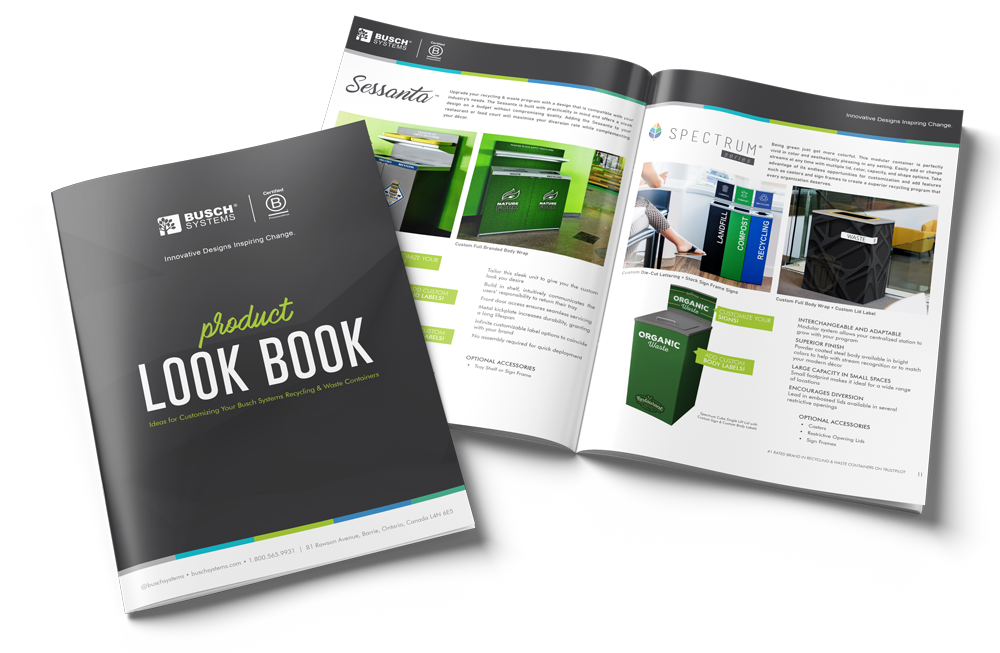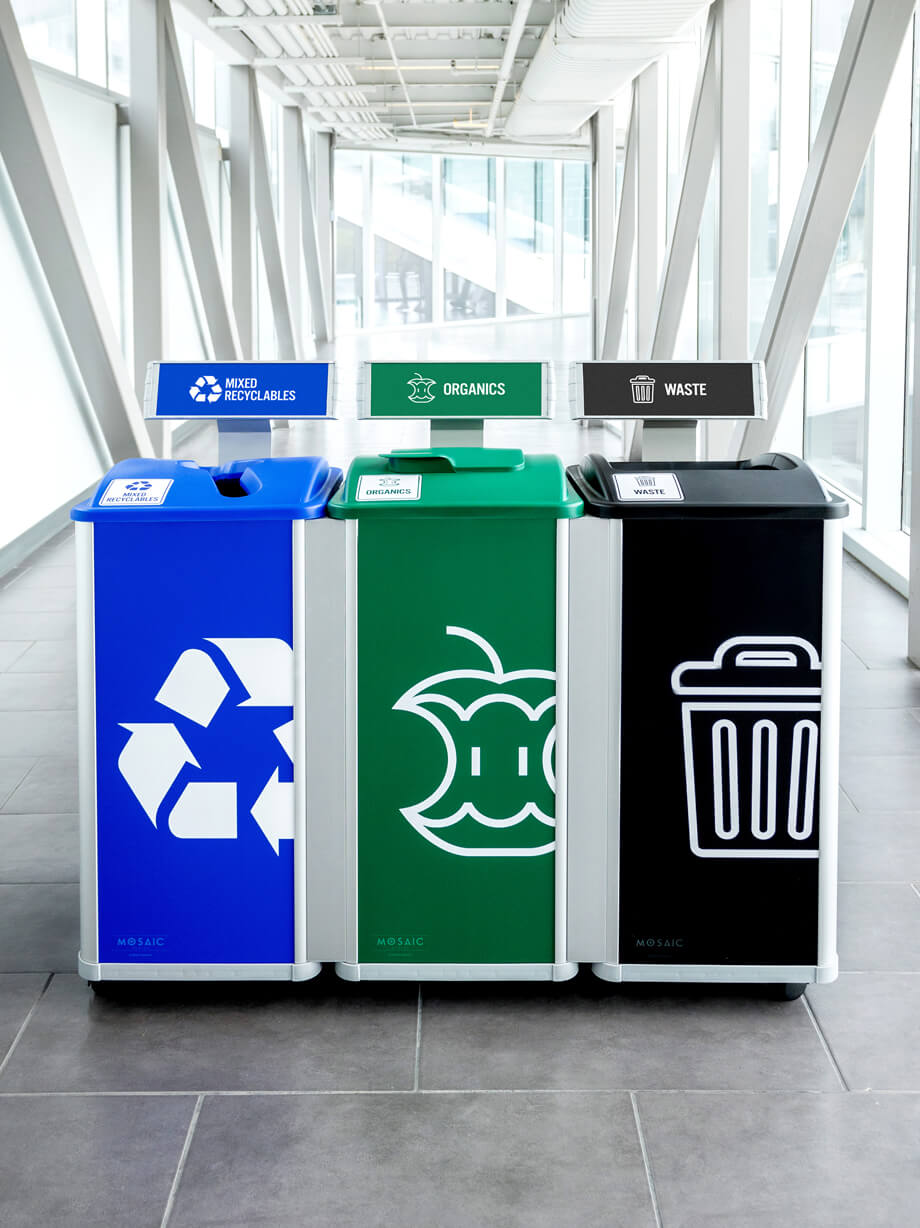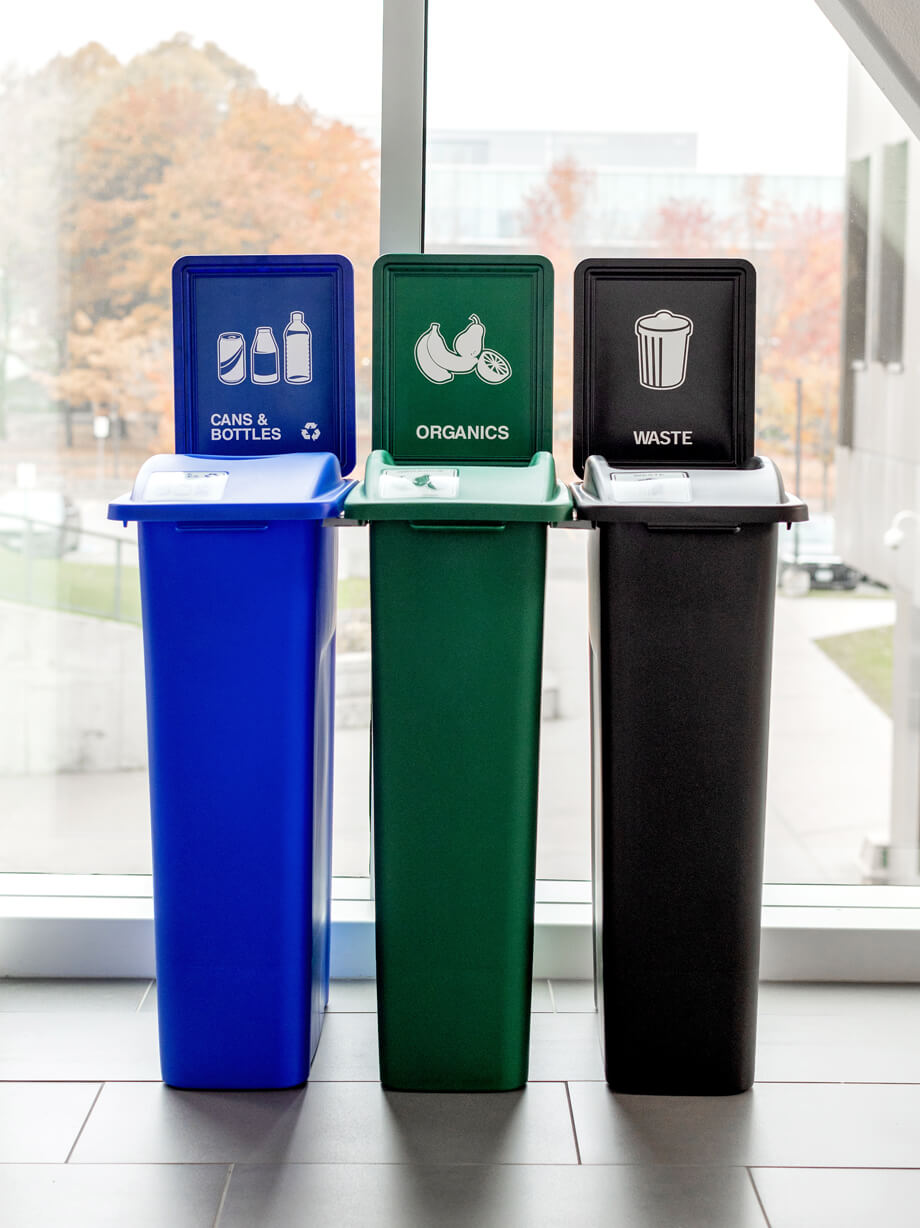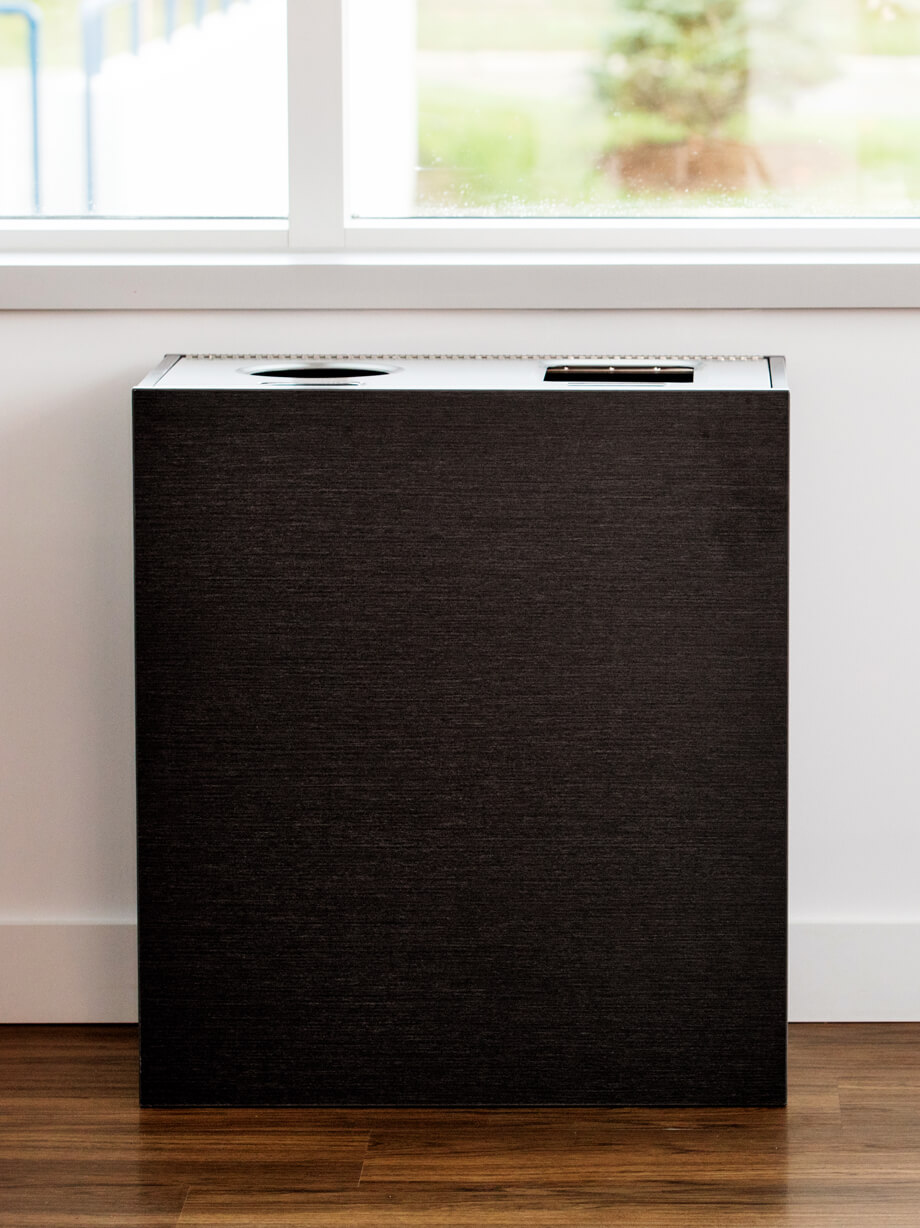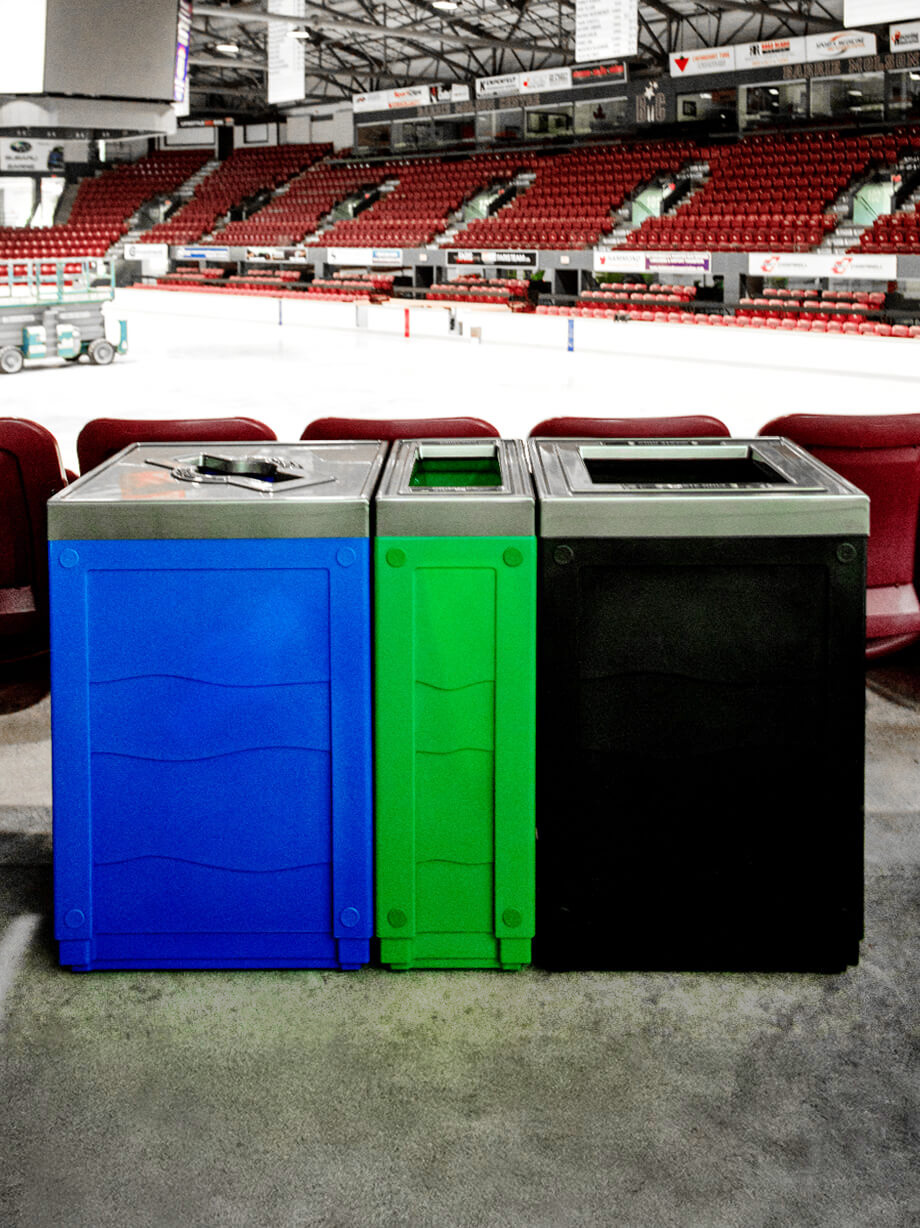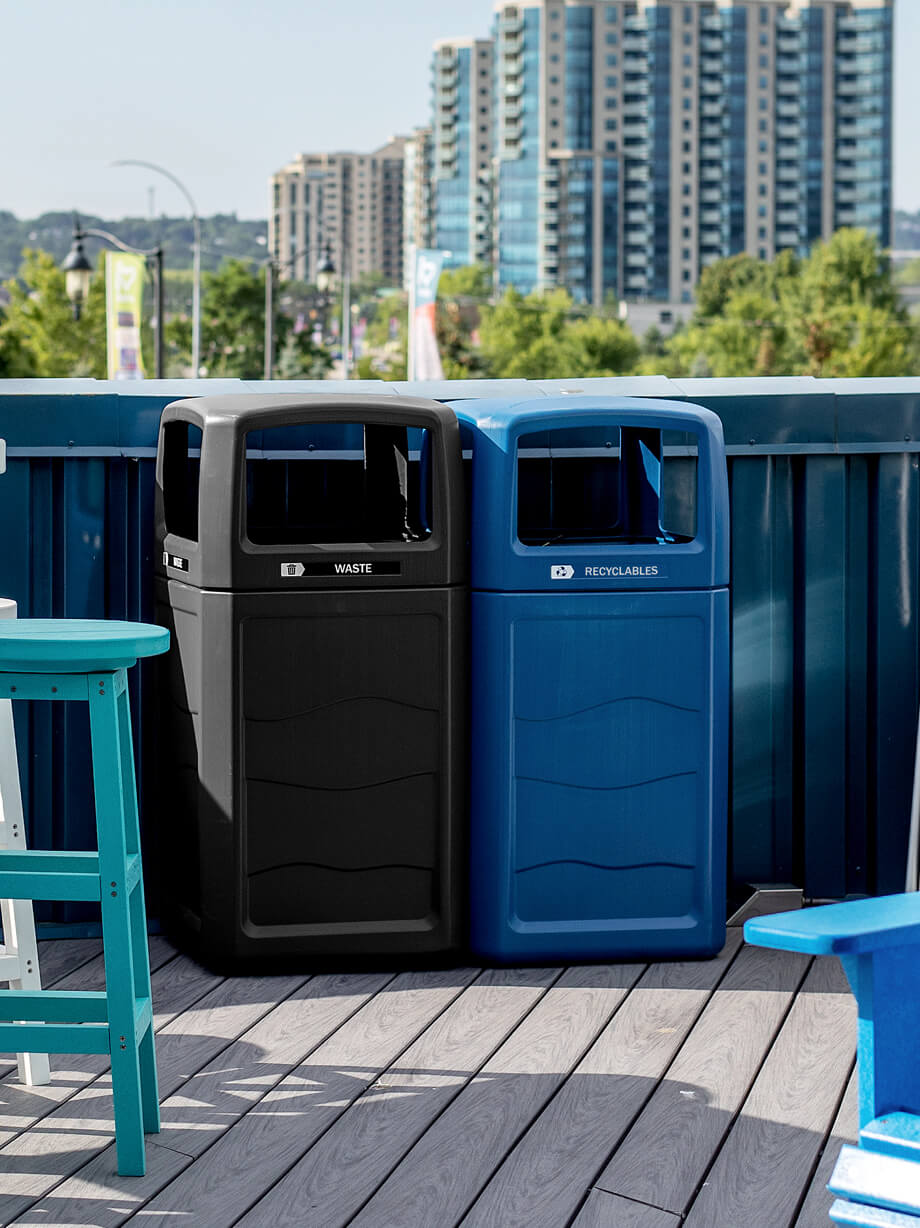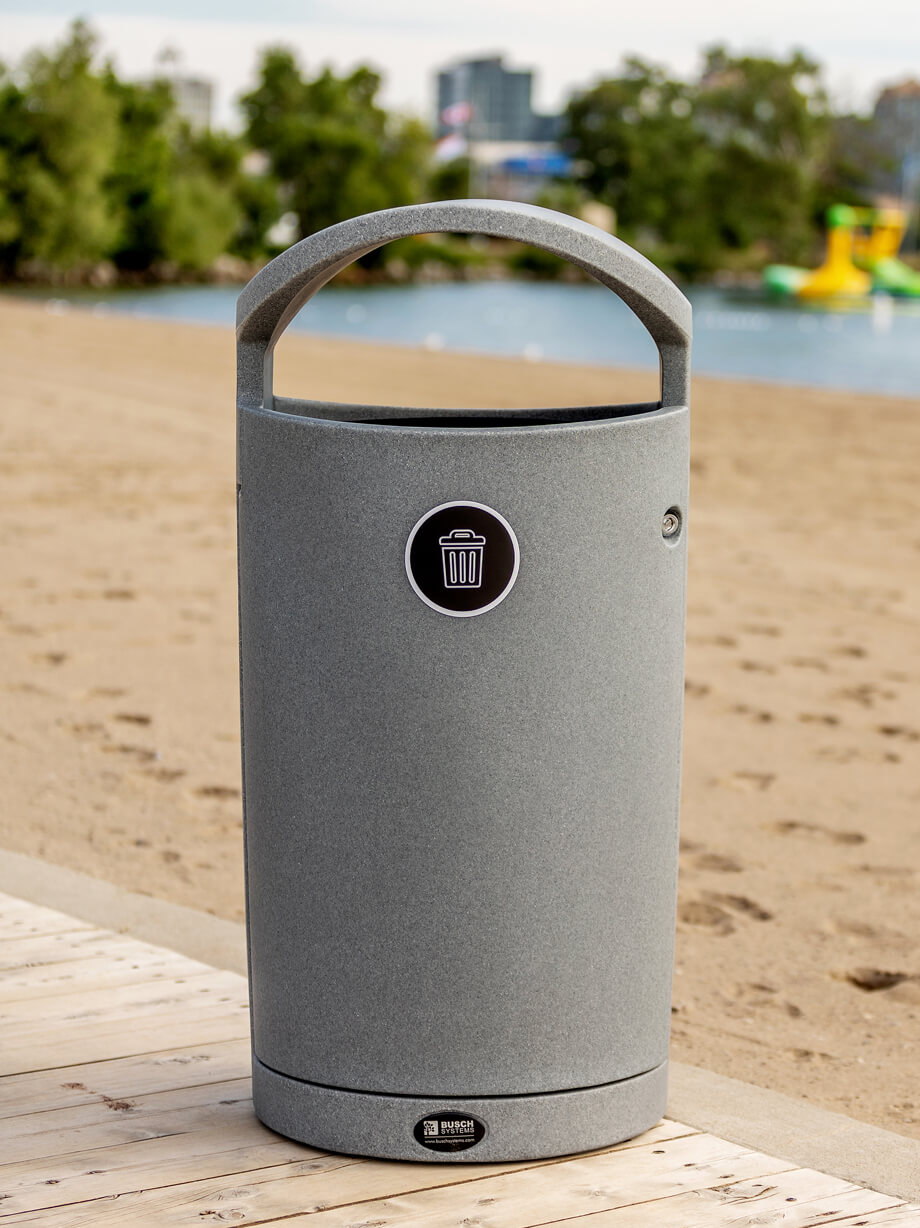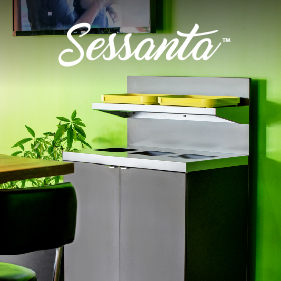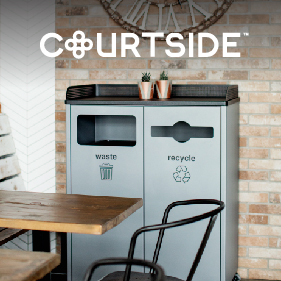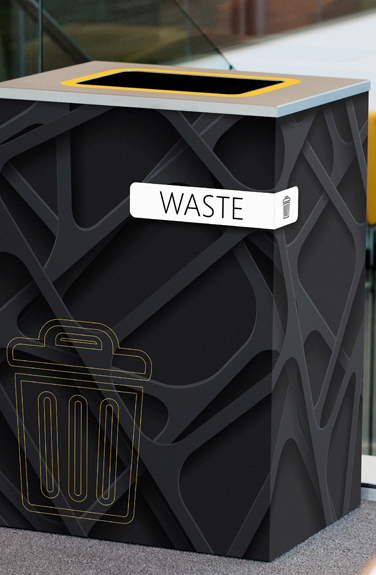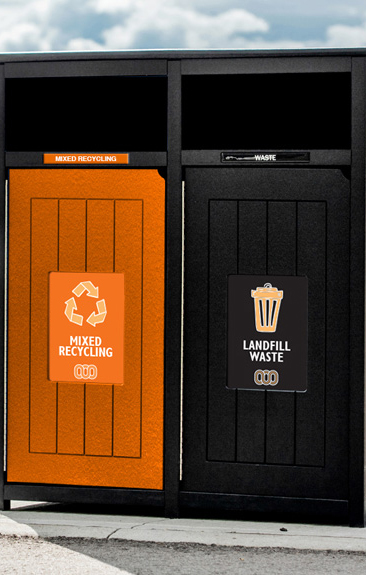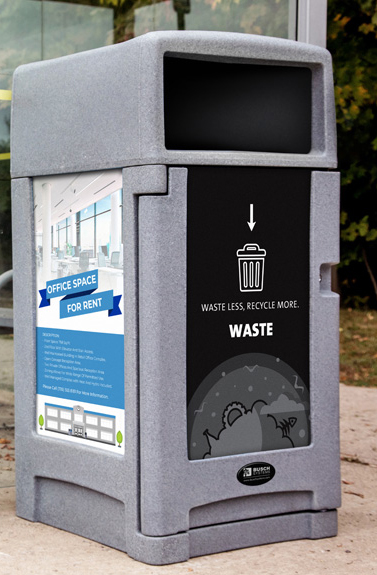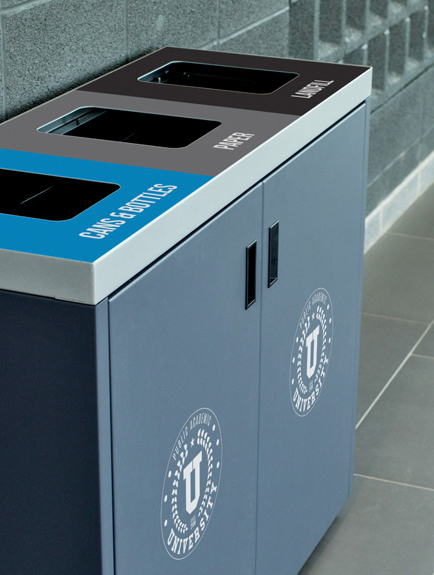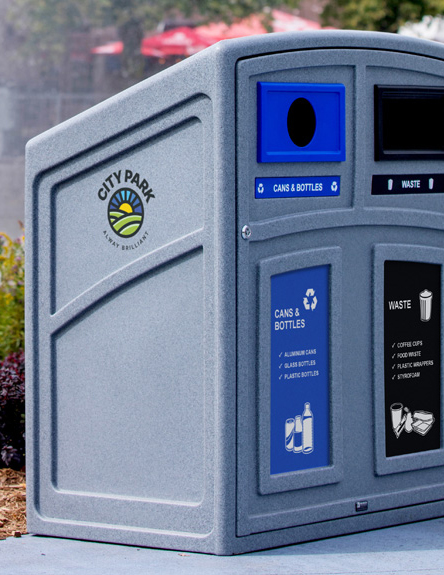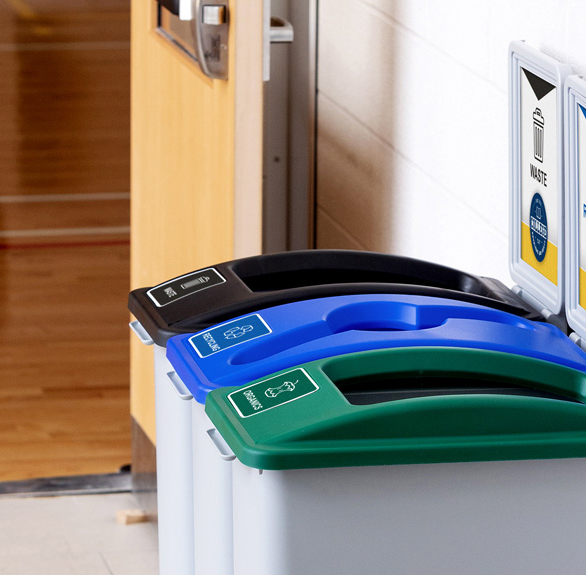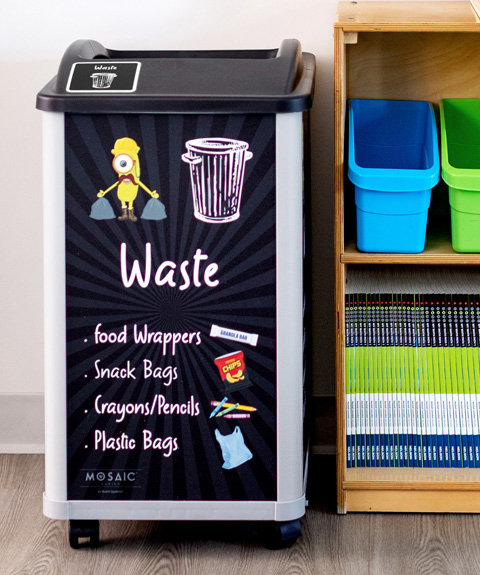Our
Products
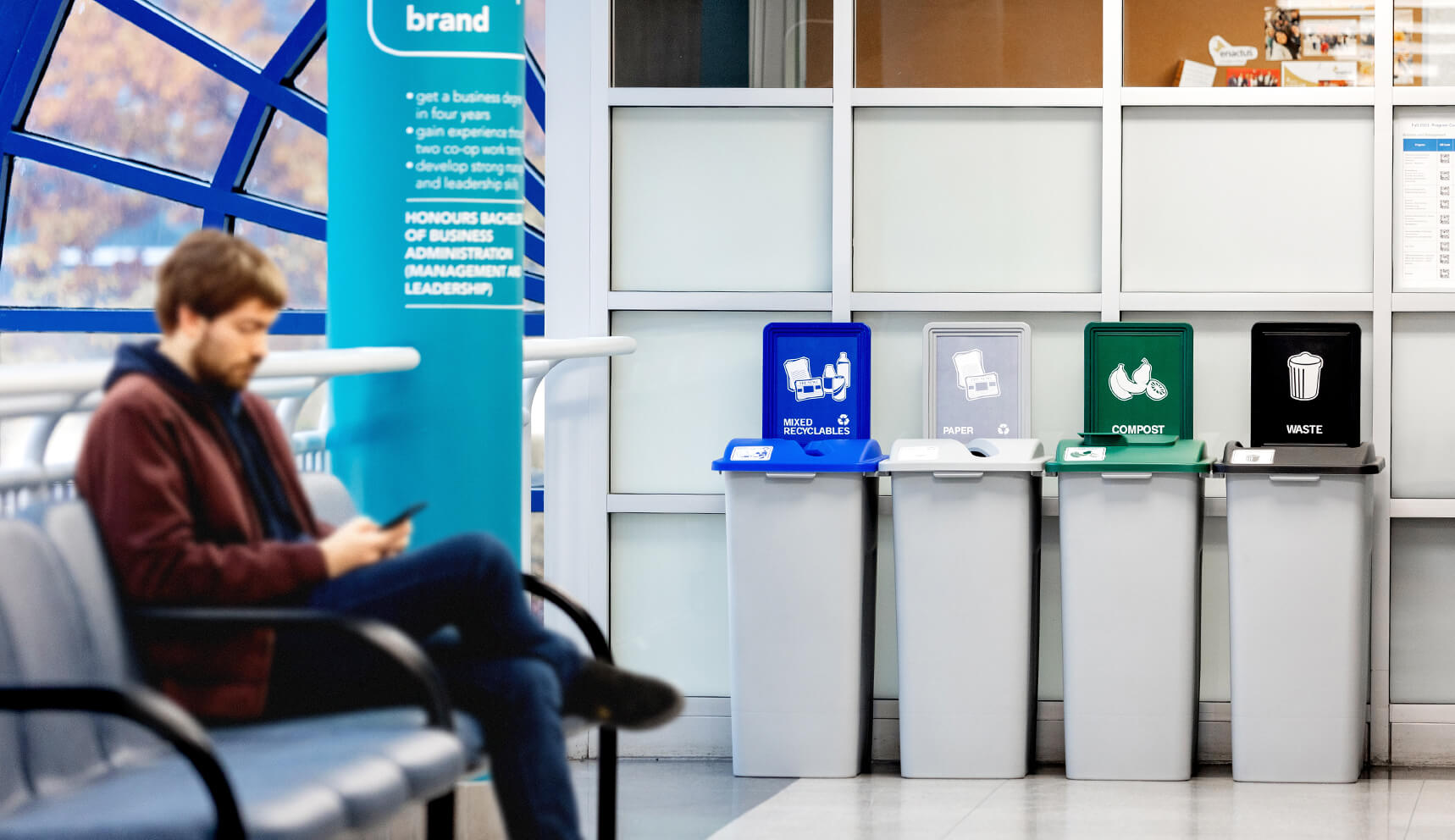
Innovative Designs Inspiring Change.
From corporate offices to sports stadiums, hotels to universities and beyond… Busch Systems has the innovative recycling and waste solutions for every space! For over 40 years, we’ve been designing and manufacturing high-quality commercial waste and recycling containers since 1985. Today, our modern and stylish containers are built to improve not only the look but the performance of your waste management program. Explore our full range of recycling bins and waste containers – from single waste containers to modular stations. Take a look and be inspired!
Customizations. Think Outside the Bin.
Busch Systems recycling and waste containers offer a unique opportunity for complete customization. Whether you’re looking to convey a specific message, reinforce your brand identity, or simply add a touch of creativity, we provide a versatile canvas for your vision.
